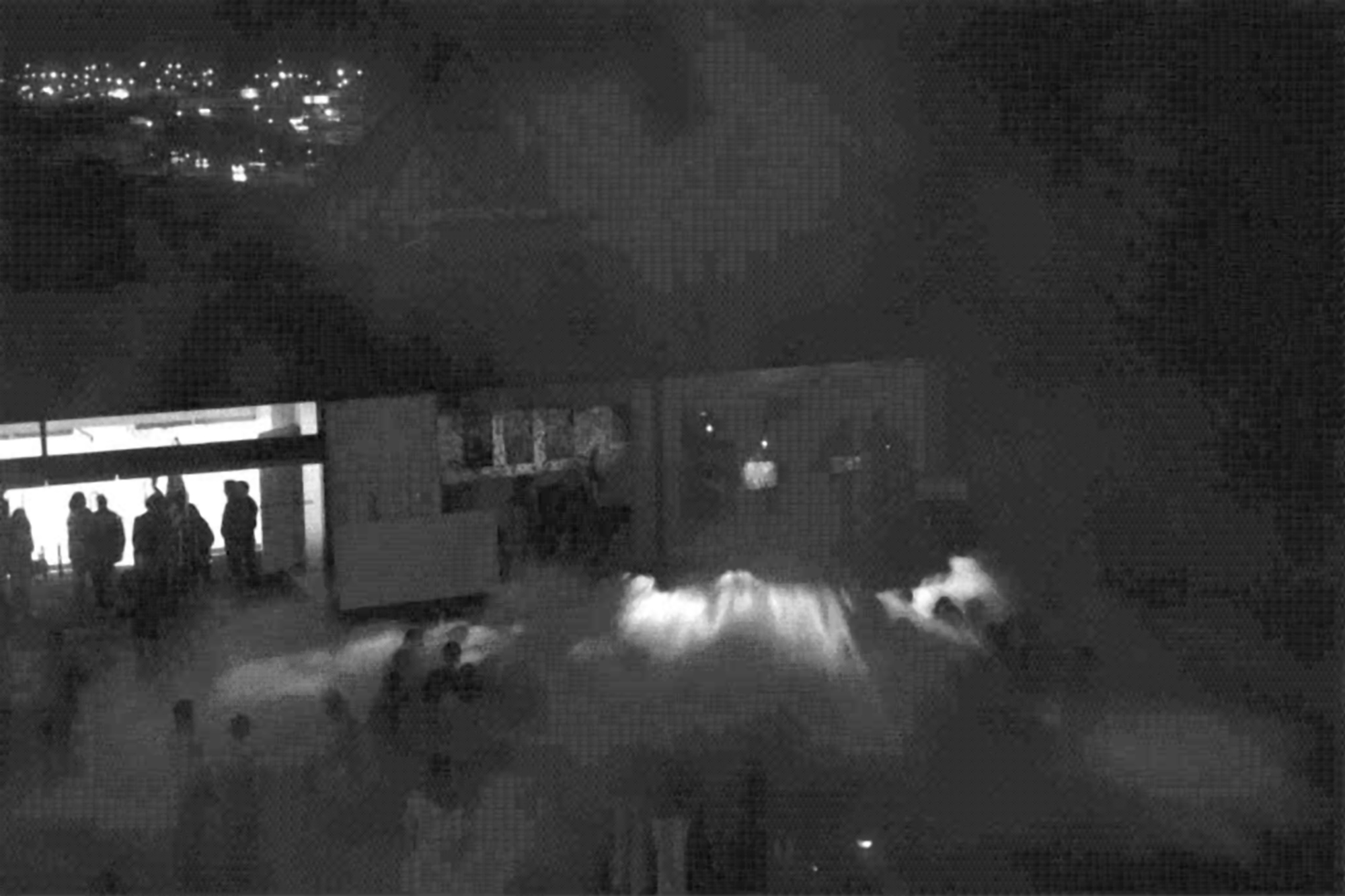In these works, steam provides a celebratory and mystical curtain to expose poetry and participatory environmental art happenings.
“Steam issuing within the urban environment, particularly during the winter months when it is at peak performance, forms a strong contrast to the hard edges and surfaces of the city. Endlessly moving, it stops pedestrians on their busy way to stare at its convolutions, swelling, dissipating behavior. They walk through it or stand away from it, they take notice. Steam is, after all, a form of energy and as such makes clear its contribution to the workings of the modern city in a playful and delightful way.”











